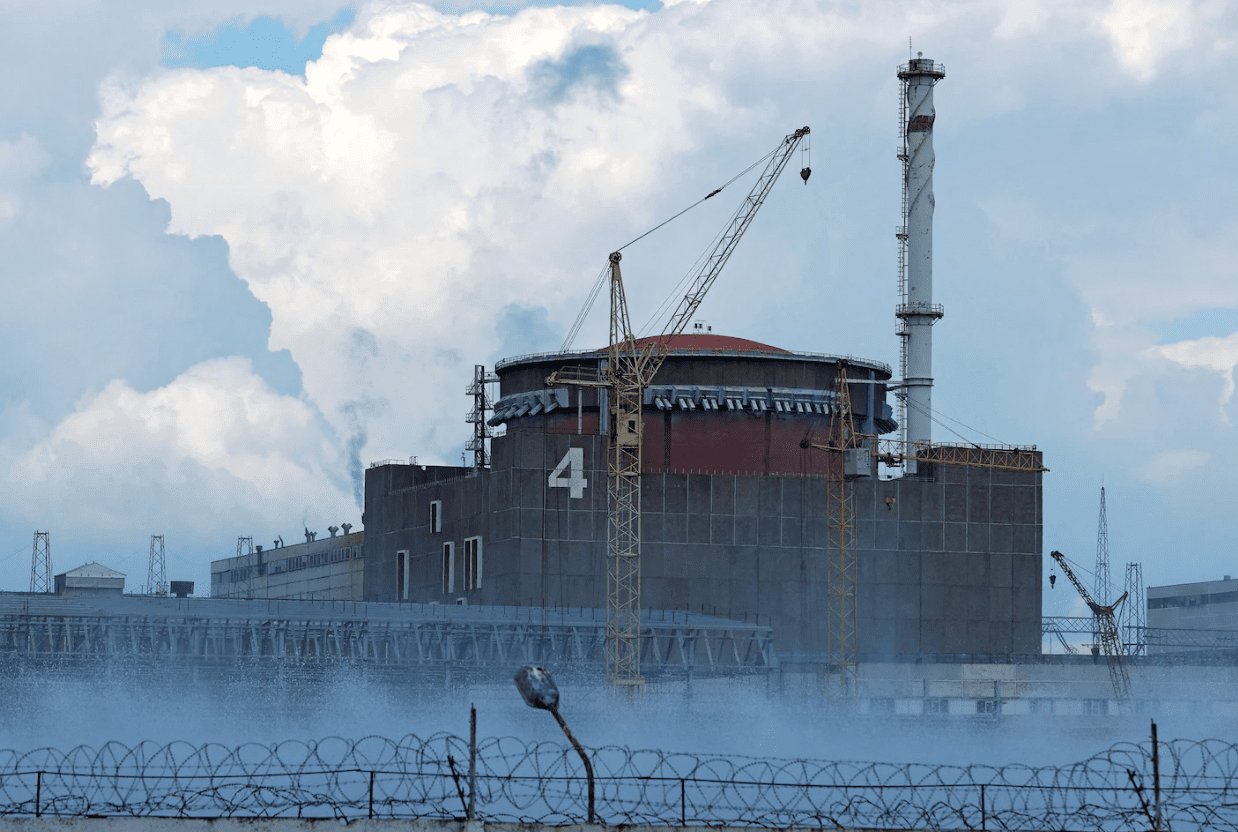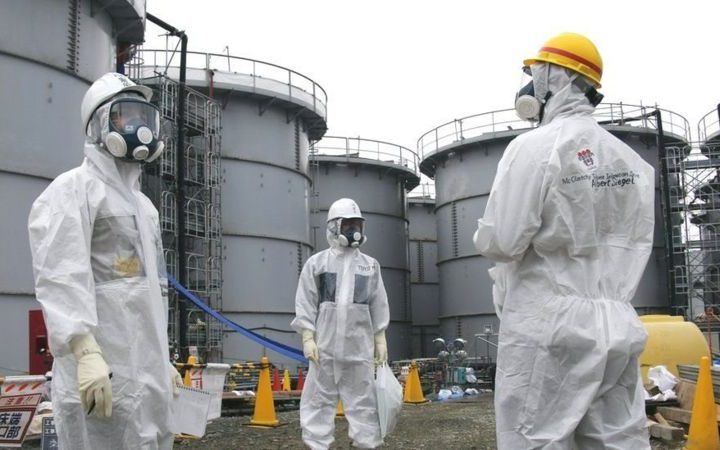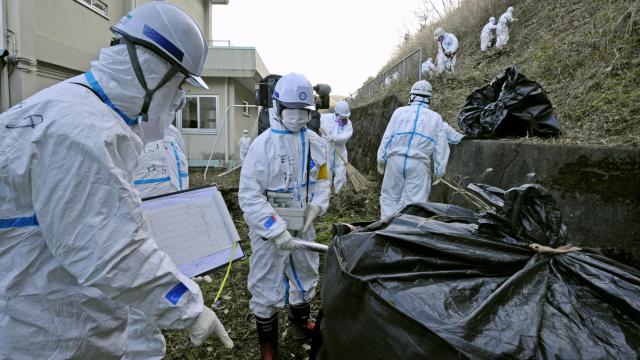Even a bombardment of the plant would not automatically lead to a serious accident. One expert says that the nuclear power plant can also bridge power outages for “a week or two”.
After the power failures on Thursday, all six reactor units in Zaporizhzhya were out of operation until Friday noon. Before that, units 5 and 6 were still running, and then they were shut down. For a short period of time yesterday, unit 6 was operating at reduced power in order to generate the electricity needed by the entire plant for cooling. Subsequently, this unit was also shut down and the plant was supplied via a so-called reserve line from a nearby conventional power plant. The latest news is that the high-voltage line damaged yesterday has also been repaired and that the operator has been restarting one of the two units since noon today.
- Chairman of the US Federal Reserve: “We will continue to tighten, even if painfully”
- Lukashenko, we agreed with Putin, everything is ready!
- French energy group: Total sells stake in Russian gas field
Three issues can be mentioned here. One is the understandable concern about what happens in the event of hits by shelling. We still believe that nobody has an interest in attacking the plants with the aim of destroying them. With the kind of shelling we have seen in recent weeks, an accidental hit on the facility itself would not automatically result in a major accident. It is designed to be relatively robust and protected against, say, the crash of smaller aircraft. Another issue is that during the Russian occupation, the plant’s employees have to work under a psychological strain that is probably hard for us to comprehend. It is absolutely part of safety to have an operating crew that is rested and can work without stress. The third set of issues is what we have been experiencing since yesterday: That it is not the plants themselves that are destroyed, but, for example, the power connection. The plants are designed for this case as well. But this does mean that there is one less level of safety. For a catastrophic accident to occur, there would ultimately have to be a chain of several such factors.
How long would the power have to be out for a really serious situation to occur?
If the national grid fails and no more power is supplied via the backup line either, we have what we call the emergency power case. Then the plant would have to be supplied by the emergency diesels so that the reactor cores can continue to be cooled. In Zaporizhzhya, there are three such diesel generators for each unit, one of which would be sufficient for cooling. They can also be cross-connected so that the diesels of one unit could also supply a neighboring unit. According to the design of the plant in Zaporizhzhya, each unit should have seven days’ supply of diesel. This means that one or two weeks could be bridged in order to restore the connection to the grid in the meantime.
What would happen in what you see as the worst case scenario?
If we assume a scenario in which the plant can no longer be supplied with electricity for a certain period of time, even via the diesel, then the final consequence would be a core meltdown. This would be similar to what happened in Fukushima, when large quantities of radioactive substances were released into the environment after a prolonged power outage. It is not possible to say in general terms how much time this will take, because it depends very much on how long the affected unit has been shut down. In the worst case, when the plant has just been shut down, we are talking about a few hours before damage to the reactor core can occur. The important thing for classification is that both the backup line and almost all the diesels have to be unavailable for something like this to happen. However, the Zaporizhzhya plant is also in a much better position in this respect than the one in Fukushima before the disaster in March 2011.
Where would the radioactive cloud go in the event of a release?
That depends on a variety of factors. The weather situation is very important. Investigations by the Federal Office for Radiation Protection have shown that we only have a weather situation in which corresponding air currents from Ukraine could reach Germany in about 60 days per year. And even if this were to happen after a catastrophe, no short-term emergency measures such as taking iodine tablets or staying indoors would be necessary here because of the comparatively large distance. However, measures might have to be taken in agriculture, for example. These could be, for example, measurements of certain products or exclusion from trade.
How do you assess the warnings of political actors such as Ukrainian President Selenskyj, who spoke of a possible “global radiation catastrophe” on Thursday?
For us as a scientific organization, what is ultimately decisive is what can be said on a technically sound basis. Here, we should be guided by calculations such as those of the Federal Office for Radiation Protection.



